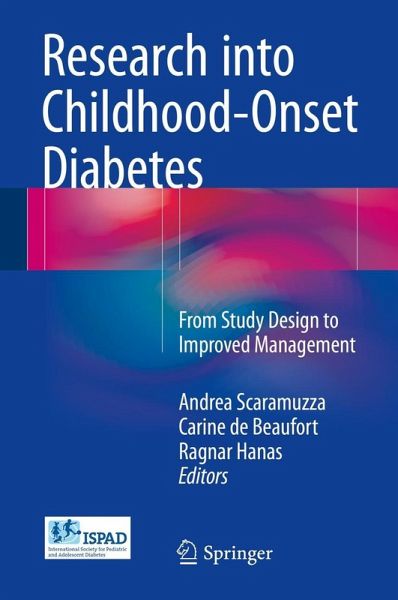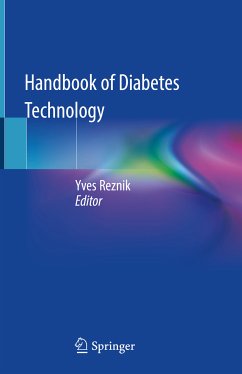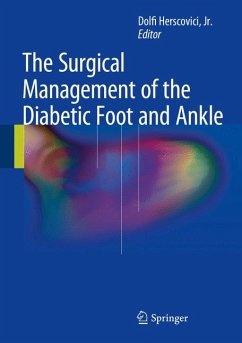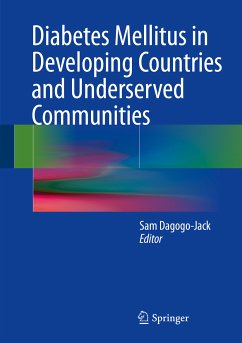
Research into Childhood-Onset Diabetes (eBook, PDF)
From Study Design to Improved Management
Redaktion: Scaramuzza, Andrea; Hanas, Ragnar; De Beaufort, Carine
Versandkostenfrei!
Sofort per Download lieferbar
72,95 €
inkl. MwSt.
Weitere Ausgaben:

PAYBACK Punkte
36 °P sammeln!
This book offers a detailed update on research into diabetes with onset in childhood or adolescence. The coverage ranges from fundamental aspects such as study design and statistical analysis through to new ideas for research, the latest research findings, and implications of these findings for clinical care in childhood. Examples of topics addressed in this context include the prevention of diabetic complications, management of micro- and macrovascular complications, the roles of nutrition and exercise, insulin therapy, islet transplantation, and risky behaviors in teenagers. Attention is als...
This book offers a detailed update on research into diabetes with onset in childhood or adolescence. The coverage ranges from fundamental aspects such as study design and statistical analysis through to new ideas for research, the latest research findings, and implications of these findings for clinical care in childhood. Examples of topics addressed in this context include the prevention of diabetic complications, management of micro- and macrovascular complications, the roles of nutrition and exercise, insulin therapy, islet transplantation, and risky behaviors in teenagers. Attention is also focused on the latest technologies, including the artificial pancreas and continuous glucose monitoring, and associated regulatory aspects. The reader will find novel insights into the ways in which research is impacting on clinical management as well as advice on methodology and stimulating ideas on future research areas. The book is based on presentations delivered at the 15th ISPAD (International Society for Pediatric and Adolescent Diabetes) Research School for Physicians, held in Milan. It will be of interest for all diabetologists, pediatricians, dietitians, biomedical engineers, nurses, and students.
Dieser Download kann aus rechtlichen Gründen nur mit Rechnungsadresse in A, B, BG, CY, CZ, D, DK, EW, E, FIN, F, GR, HR, H, IRL, I, LT, L, LR, M, NL, PL, P, R, S, SLO, SK ausgeliefert werden.












